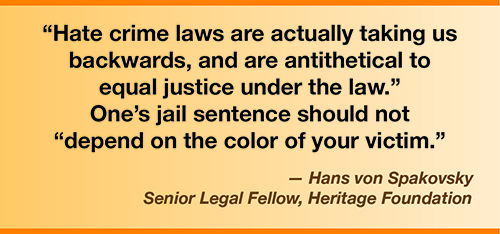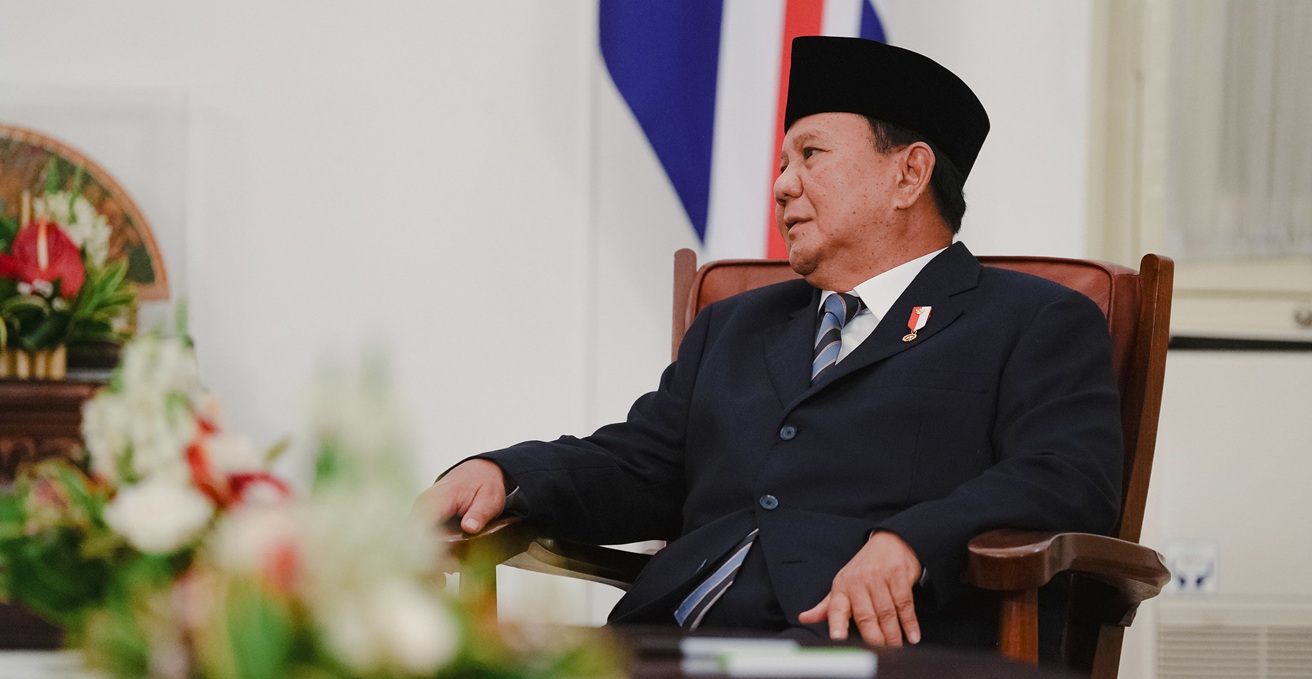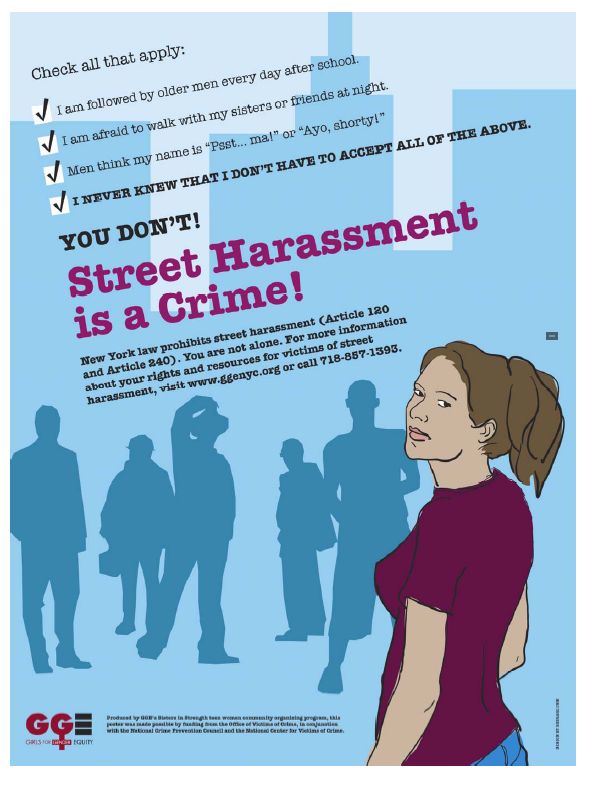Sustainable Development Goals (SDGs) and Child Abuse Prevention
Sarasota, Florida, April 02, 2024 (GLOBE NEWSWIRE)
Childhood sexual abuse can begin at any age. Additionally, children who have a history of abuse may not recognize exploitation or may be normalized to abusive situations, further increasing their susceptibility to sex trafficking, which is a staggering $99 billion dollar industry in America. Selah Freedom, Florida’s largest anti-sex trafficking organization, calls on its statewide partners in connecting with families, communities, prevention advocates, and supporters to focus on the creation of an ecosystem of primary prevention in Florida – the #3 state for sex trafficking reports in America – and emphasize the importance of building a narrative of hope for the future of Florida’s children and families.
Child Abuse Prevention Month: Building a Hopeful Future, Together
April begins Child Abuse Prevention Month, and the theme of this year’s awareness and impact campaign is “Building a Hopeful Future, Together.” While headlines often showcase the worst cases of abuse, the reality is far more pervasive. Countless children silently suffer physical, emotional, and sexual abuse, with long-lasting consequences that ripple throughout their lives.
This month serves as a powerful reminder that child abuse prevention is not a solitary effort. It demands a collective commitment from individuals, families, and institutions. Here’s why:
- According to the Children’s Bureau, in 2022 alone nationwide, an estimated 6.2 million children received a referral to child protective services due to suspected physical or sexual maltreatment.
- On a state level, the statistics for child abuse in Florida in 2023 show concerning trends with reported cases on the rise. In the first three months of 2023 alone, there were 51 cases of sexual abuse and 43 cases of physical abuse reported, indicating an increase to the same period in the previous year. Efforts to publicize national hotlines for reporting abuse may have contributed to this spike in reported numbers. These statistics represent just the tip of the iceberg, as many cases remain unreported.
- The Department of Social Services in Florida saw a total of 391 child abuse cases either newly reported or reopened in the previous year, with almost half of these cases involving physical or sexual abuse. Child abuse and sex trafficking are closely related, with child sex trafficking being a form of child abuse that occurs when a child under 18 is advertised, solicited, or exploited through a commercial sex act. There is an undisputed link between child sexual abuse and human trafficking. The National Survivor Study by Polaris highlighted that 84% of participants had experienced childhood sexual abuse, emphasizing the correlation between vulnerability to trafficking and past abuse.
- Children who have been trafficked might not understand that they are being abused or exploited, especially if they have been groomed since childhood or manipulated by their abuser.
- Abuse often leaves invisible scars. The emotional and psychological damage can linger for years. Victims may struggle with depression, anxiety, substance abuse, and difficulty forming healthy relationships.
- States, including Florida, have enacted “safe harbor” laws (H.B. 99) to provide services to child trafficking survivors, decriminalize youth involvement in trafficking and increase penalties for traffickers of children.
- Children who experience abuse are more likely to become abusers themselves. Additionally, children who have a history of abuse may not recognize exploitation or may be normalized to abusive situations, further increasing their susceptibility to trafficking. According to Selah Freedom, 90% of all those in their rehabilitative program were sexually abused in childhood.
- The average age of children being exploited into sex trafficking is 12 – 14 years of age.
- In 2022-23, the total number of reports accepted by the Florida Abuse Hotline reported human trafficking maltreatments of 2,076 involving 1,627 of whom were children.
- 1 in 6 of the more than 28,800 cases of children reported missing to NCMEC in 2023 were likely victims of child sex trafficking.
Taking Action to Prevent Exploitation
How can we turn awareness into action to prevent exploitation of children and stop predators from luring children and teens into sex trafficking?
Selah Freedom offers many empowering programs through their prevention arm. Selah’s team of expert trainers work to get ahead of the issue and help raise awareness about child exploitation and abuse as well as how to end sex trafficking by equipping participants with the tools to protect themselves from sex trafficking.
To date, Selah Freedom has trained 59,144 youth and adults to stay safe and take action against sex trafficking by offering several ways to connect and get involved with Selah Freedom’s Prevention Team. Please click on the link here to explore ways we can serve you and your organization through our K-12th grade curriculum and training for adults.
Raising Awareness and Building a Hopeful Future
Sexual abuse and human trafficking are intertwined issues. The exploitation of sexual abuse by traffickers underscores the need to address both human trafficking and sexual assault collectively. It is crucial to raise awareness about these interconnected challenges during Child Abuse Awareness Month and recognize the shared vulnerabilities that contribute to these forms of exploitation. Let’s make “Building a Hopeful Future Together” a reality.
More information for Selah Freedom: www.selahfreedom.com
Facebook | Instagram | Twitter
To donate to Selah Freedom, click here.
Attachments
- SDGs, Targets, and Indicators
SDGs Addressed in the Article
- SDG 5: Gender Equality
- SDG 8: Decent Work and Economic Growth
- SDG 10: Reduced Inequalities
- SDG 16: Peace, Justice, and Strong Institutions
Targets Identified Based on the Article’s Content
- Target 5.2: Eliminate all forms of violence against all women and girls in public and private spheres, including trafficking and sexual and other types of exploitation.
- Target 8.7: Take immediate and effective measures to eradicate forced labor, end modern slavery and human trafficking, and secure the prohibition and elimination of the worst forms of child labor.
- Target 16.2: End abuse, exploitation, trafficking, and all forms of violence against and torture of children.
Indicators Mentioned or Implied in the Article
- Indicator 5.2.1: Proportion of ever-partnered women and girls aged 15 years and older subjected to physical, sexual, or psychological violence by a current or former intimate partner in the previous 12 months.
- Indicator 8.7.1: Number of victims of forced labor per 1,000 persons in the population, by sex, age group, and form of exploitation.
- Indicator 16.2.2: Number of children aged 0-17 years who experienced any physical punishment and/or psychological aggression by caregivers in the past month.
Table: SDGs, Targets, and Indicators
SDGs Targets Indicators SDG 5: Gender Equality Target 5.2: Eliminate all forms of violence against all women and girls in public and private spheres, including trafficking and sexual and other types of exploitation. Indicator 5.2.1: Proportion of ever-partnered women and girls aged 15 years and older subjected to physical, sexual, or psychological violence by a current or former intimate partner in the previous 12 months. SDG 8: Decent Work and Economic Growth Target 8.7: Take immediate and effective measures to eradicate forced labor, end modern slavery and human trafficking, and secure the prohibition and elimination of the worst forms of child labor. Indicator 8.7.1: Number of victims of forced labor per 1,000 persons in the population, by sex, age group, and form of exploitation. SDG 10: Reduced Inequalities N/A N/A SDG 16: Peace, Justice, and Strong Institutions Target 16.2: End abuse, exploitation, trafficking, and all forms of violence against and torture of children. Indicator 16.2.2: Number of children aged 0-17 years who experienced any physical punishment and/or psychological aggression by caregivers in the past month. Analysis
1. Which SDGs are addressed or connected to the issues highlighted in the article?
The issues highlighted in the article are connected to SDG 5 (Gender Equality), SDG 8 (Decent Work and Economic Growth), SDG 10 (Reduced Inequalities), and SDG 16 (Peace, Justice, and Strong Institutions).
2. What specific targets under those SDGs can be identified based on the article’s content?
Based on the article’s content, the specific targets identified are:
– Target 5.2: Eliminate all forms of violence against all women and girls in public and private spheres, including trafficking and sexual and other types of exploitation.
– Target 8.7: Take immediate and effective measures to eradicate forced labor, end modern slavery and human trafficking, and secure the prohibition and elimination of the worst forms of child labor.
– Target 16.2: End abuse, exploitation, trafficking, and all forms of violence against and torture of children.3. Are there any indicators mentioned or implied in the article that can be used to measure progress towards the identified targets?
Yes, there are indicators mentioned or implied in the article that can be used to measure progress towards the identified targets. The indicators are:
– Indicator 5.2.1: Proportion of ever-partnered women and girls aged 15 years and older subjected to physical, sexual, or psychological violence by a current or former intimate partner in the previous 12 months.
– Indicator 8.7.1: Number of victims of forced labor per 1,000 persons in the population, by sex, age group, and form of exploitation.
– Indicator 16.2.2: Number of children aged 0-17 years who experienced any physical punishment and/or psychological aggression by caregivers in the past month.These indicators can be used to measure progress in addressing violence against women and girls, eradicating forced labor and human trafficking, and ending abuse and exploitation of children.
Table: SDGs, Targets, and Indicators
SDGs Targets Indicators SDG 5: Gender Equality Target 5.2: Eliminate all forms of violence against all women and girls in public and private spheres, including trafficking and sexual and other types of exploitation. Indicator 5.2.1: Proportion of ever-partnered women and girls aged 15 years and older subjected to physical, sexual, or psychological violence by a current or former intimate partner in the previous 12 months. SDG 8: Decent Work and Economic Growth Target 8.7: Take immediate and effective measures to eradicate forced labor, end modern slavery and human trafficking, and secure the prohibition and elimination of the worst forms of child labor. Indicator 8.7.1: Number of victims of forced labor per 1,000 persons in the population, by sex, age group, and Copyright: Dive into this article, curated with care by SDG Investors Inc. Our advanced AI technology searches through vast amounts of data to spotlight how we are all moving forward with the Sustainable Development Goals. While we own the rights to this content, we invite you to share it to help spread knowledge and spark action on the SDGs.
Fuente: globenewswire.com

Join us, as fellow seekers of change, on a transformative journey at https://sdgtalks.ai/welcome, where you can become a member and actively contribute to shaping a brighter future.






